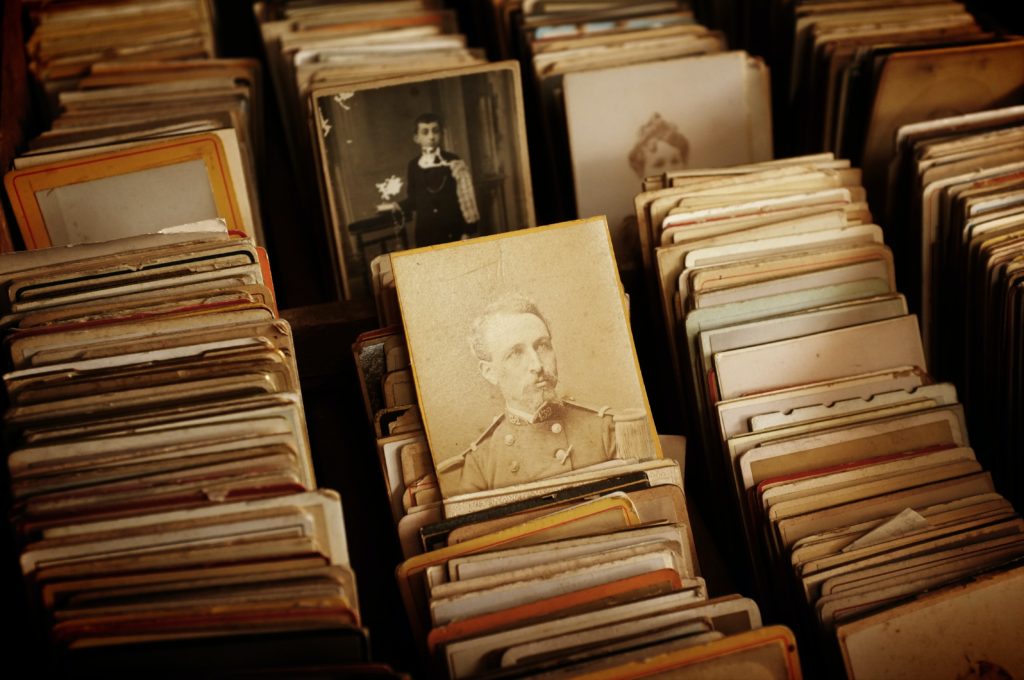Our process is easy, organized, and streamlined. Using the process outlined below, we work on a one-on-one basis with every client to develop a process and product suited to their needs. See how it works and see if our services are right for you.

We handle everything in-house, providing customers with privacy and the utmost attention to keeping customer documents safe and secure. Upon completion of the project, all materials that we receive from customers will be returned in their original form. All of our projects are based on four principles: digitization, research, writing, and delivery. Talk to an expert, send us your materials to be scanned, and start you personalized family history project today.
Oral histories are typically used to gather multiple stories from a particular community (such as a group of farmers in a particular county), to document an event from multiple angles (such as a war or battle), or to collect personal or family narratives. At their core, oral histories set out with the aim of recording stories and information as close to how they were originally told as possible.
When written, oral histories also tend to be more casual and not written from a first-person point of view – while some may see it as unrefined, oral histories capture a more genuine and intimate, and therefore organic and true, portrait of the past. They flow like conversations and retain the voice and emotion of the speaker, not distilled by heavy editing.
Memoirs, on the other hand, are personal or family histories that are written and edited by a ghostwriter or editor, which distills the original story and makes it into a longer narrative. While useful in writing books, memoirs do not convey the same emotion and authenticity as an oral history does.
Every project at AFH starts with a free, no-commitment, one hour consultation to meet, discuss, plan, and see if our services are right for you. We specialize in making your family memories and stories come to life through digitization and writing, crafting a unique and engaging narrative to bring the past into the present. Our main focus is writing, where we take the oral histories and disparate strands of the past and bring them together, creating an organized and readable family history.